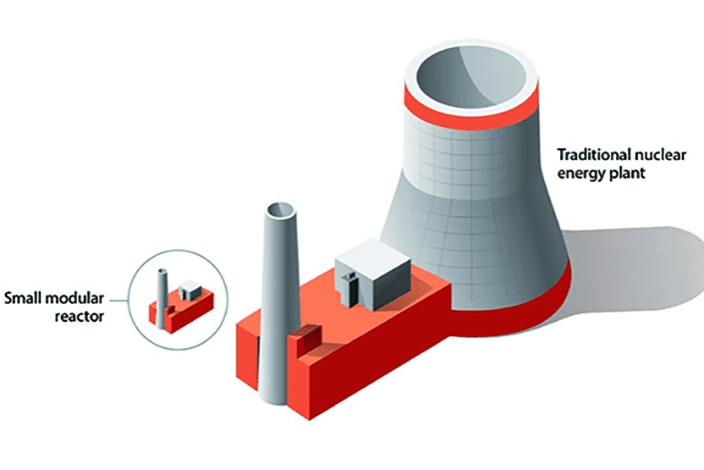Strokes can lead to long-term disability and lifelong mobility issues, especially in survivors aged 65 and above. This is very alarming, as more than 795,000 Americans have a stroke every year. From this number, 610,000 are new incidences and about 185,000 are those who’ve had strokes before.
In the U.S., almost 90% of all strokes are acute ischemic strokes (AIS). When an AIS occurs, the arteries supplying blood to the brain become blocked by a mass of thickened blood. This severely reduces blood flow, which, in turn, brings on a slew of health implications like brain cell death, breathing problems, heart dysfunction, muscle weakness, and paralysis, among many other things. These symptoms vary depending on the stroke’s severity and location in the brain. Luckily, we may be one step closer to finding a widely available drug to help AIS patients.
Using Nerinetide to Protect Neurons During Stroke
Researchers have spent decades trying to develop a truly effective drug for strokes. Currently, the IV injection of recombinant tissue plasminogen activator (tPA), or Alteplase, remains the standard treatment for ischemic strokes. An intravenous dose of tPA is usually given within the first three to four hours after stroke symptoms occur. This drug helps break down blood clots. However, a retrospective analysis of tPA treatment found out that the method offers no advantage over taking Aspirin. In fact, it’s revealed in the analysis that tPA may even be associated with a higher risk of hemorrhagic strokes (internal bleeding caused by a leaking blood vessel). This prompts a need for a new, more effective drug for ischemic strokes.
A new study led by a team at the Cumming School of Medicine’s (CSM) Hotchkiss Brain Institute and Alberta Health Services looked at the possibility of using nerinetide in AIS. Nerinetide, a drug developed by NoNO Inc., is a neuroprotective agent whose main objective is to protect brain cells from dying by calming them down when they’re deprived of blood during AIS. Dr. Michael Hill, MD, a neurologist at Foothills Medical Centre (FMC) and professor in the departments of Clinical Neurosciences and Radiology at the CSM, says that the study provides evidence that nerinetide successfully extends the brain cell’s life by stopping the production of nitric oxide – which is toxic to cells – at the final stage of cell life.
Instead of being a lone IV drug like its tPA predecessor, nerinetide is used in conjunction with a surgical procedure developed at the CSM to remove the clot, known as Endovascular Treatment (EVT). In the clinical trial for this treatment, patients who had received nerinetide (without receiving tPA) showed significantly reduced brain damage from strokes. Dr. Hill calls this phenomenon a new scientific breakthrough, saying “There is evidence nerinetide promotes brain cell survival, offering neuroprotection until we can extract the clot. It opens the door to a new way of treating strokes.”
At this stage of development, the researchers are currently evaluating nerinetide for acute ischemic strokes in a pivotal phase 3 trial. After finding out the effectiveness of nerinetide in mitigating the over-excitement of neurons in the previous trial phase, the team now aims to investigate whether the drug aids in improving the patient’s ability to recover.
Treatment and Management for AIS
An easy and popular way to help detect stroke symptoms is to memorize the acronym “FAST.” FAST stands for facial drooping, arm weakness, speech difficulties, and time. The first three are common stroke symptoms, while “time” speaks to how acting quickly is essential to ensuring a good prognosis for strokes. According to the Centers for Disease Control and Prevention, patients who arrive at the emergency room within three hours of the symptoms’ onset often have less disability three months after a stroke than those who receive help too late.
Unfortunately, the pandemic has meant that emergency rooms are currently overflowing, and have put an excessive strain on emergency care. It’s a dire situation, especially when compounded by the fact that there’s a severe shortage of critical care nurses. In fact, it’s now one of the most in-demand and crucial nursing specializations amidst the COVID crisis. Critical care nurses are responsible for caring for patients with life-threatening conditions and are often found working in intensive care units, recovery rooms, and emergency rooms. For patients who come in with stroke symptoms, it’s important to get them the specialized care that they need. From the moment they enter the ER, the patient’s medical history and symptoms should immediately be disclosed to the attending ER nurse. As the outcomes of strokes are hugely dependent on getting adequate immediate care, it’s essential to reach a team of critical care nurses and doctors as fast as possible. A team of specialists could recommend an EVT — and potentially a dose of nerinetide in the near future.
After a clot removal procedure, the patient will need to undergo the second step of the healing process. It involves the brain’s neuroplasticity, or its ability to adapt to change. During this treatment, the brain is trained to compensate for the lost or damaged brain functions. For this, he or she will need to work with rehabilitation specialists to help create effective strategies to strengthen and reinvigorate both the brain and the affected parts of the patient’s body.
The prospect of finally having a drug that effectively helps AIS patients within this lifetime is groundbreaking. It could change the course of stroke management forever, help save more lives, and prevent stroke-induced disabilities.





